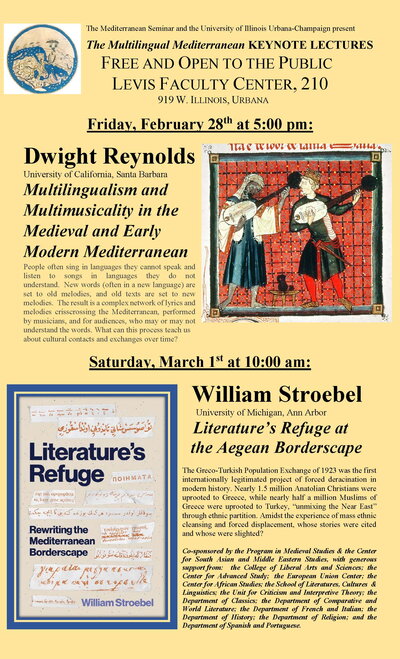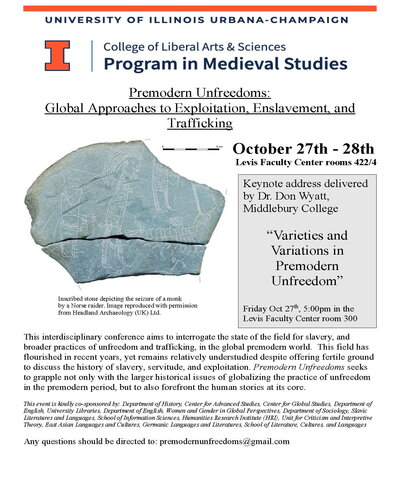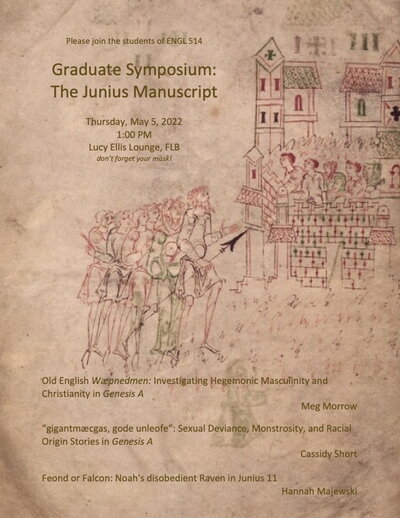
The Multilingual Mediterranean: February 28-March 1, 2025

The Greek Book: A Workshop -- March 3-7, 2025
The Rare Book & Manuscript Library is proud to announce the inaugural workshop in its new Global Book History at Illinois series. This program is designed to provide high-level instruction for advanced students, faculty, and staff at the University and across the country in underexplored scholarly areas pertaining to the history of the book. The goal of the program is to champion new areas of bibliographical study and make that work as publicly accessible as possible.
For this inaugural program on The Greek Book: Paleography, Transmission, & Critical Editions 400 BCE – 1550 CE, the RBML is proud to partner with the Classics Library Collection, the Classics Department, the Program of Medieval Studies, and the College of Liberal Arts and Sciences. Attendees will learn the basics of Greek paleography, historical manuscript and print production, and the preparation of critical editions for scholarly work. Due to the material examined, it would be preferable for participants to have some knowledge of the Greek language.
The Greek Book will cover three units taught by distinguished specialists in the field. Please click here for more information. Application deadline: January 15th, 2025.
Premodern Unfreedoms: Global Approaches to Exploitation, Enslavement, and Trafficking

